October 29, 2025
Data Shows Endangered Palau Ground Doves Swiftly Recovering After Successful Palauan Island Conservation Effort
Astounding evidence of recovery on Ulong Island in Palau after just one year!
Published on
February 13, 2019
Written by
stephanie
Photo credit
stephanie
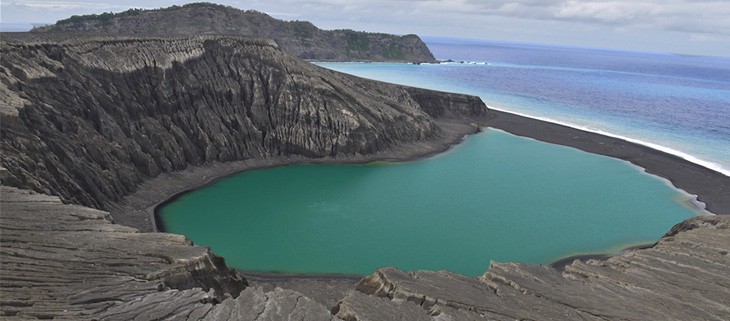
Four years ago, an island was erected out of what seemed like thin air. In a desolate place once only greeted by the sound of crashing waves and an occasional seabird, a formation of rock protruded outwards and upwards. The new island is officially nameless but has been coined Hunga Ha’apai (Hunga Tonga) by the locals. The island has sprawled up amidst two existing islands within the Kingdom of Tonga in the South Pacific, a region where a number of conservation projects have been carried out. However, this island, like many islands that arise suddenly due to volcanic activity, is in danger. Volcanic islands like Hunga Tonga often only last a few months before being thrust back into the ocean due to erosion.
Hunga Tonga is one of only three newly-formed islands to be studied, allowing scientists to draw comparisons to other landmasses with similar terrain (Including, potentially, Mars!). However, many of these scientific explorations are carried out remotely, with the use of aerial or satellite surveys.
Bright eyed with their feet planted firmly against the rocky slopes, researchers were given the opportunity to visit Hunga Tonga to perform GPS measurements and aerial drone surveying. The researchers also recorded data on several erosional features, which provided a unique context and perspective on the Hunga Tonga landscape. Remote Sensing Scientist Dan Slayback from NASA’s Goddard Space Flight Center commented:
It really surprised me how valuable it was to be there in person for some of this.”
Various patches of vegetation were recorded, which researchers believe could have been established as a result of bird droppings. The team also acknowledged the presence of hundreds of Sooty Terns (Onychoprion fuscatus) nesting in Hunga Tonga’s cliff gullies and a solitary barn owl caught in flight overhead.
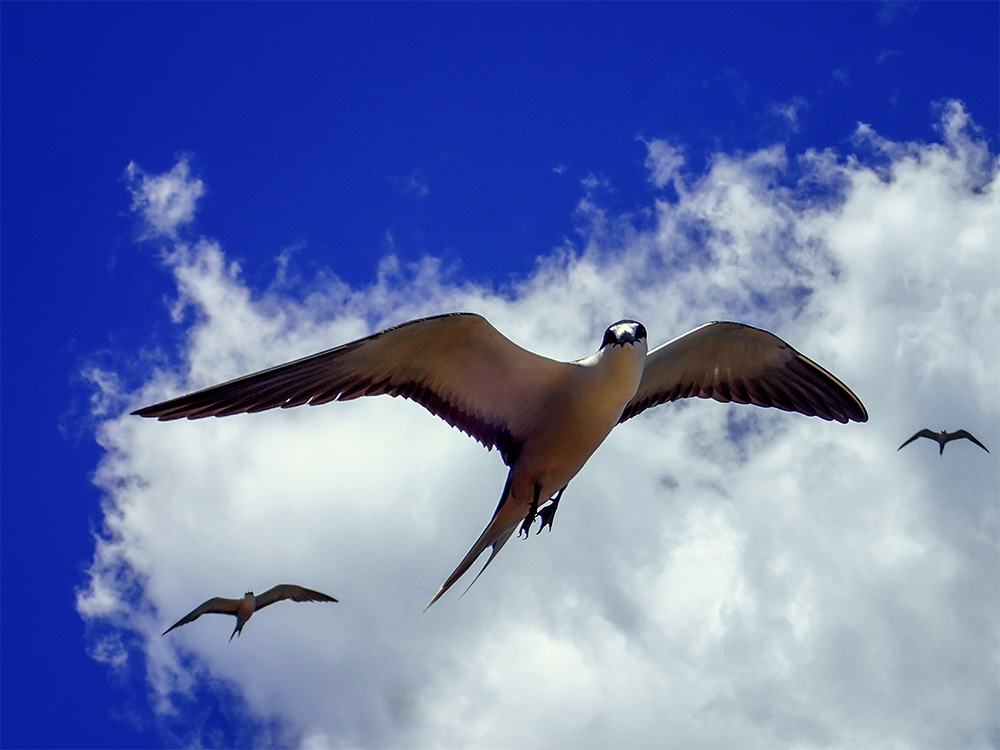
Already the landscape is at risk. It is wholly uncertain how long Hunga Tonga will keep its head above water before retreating back into the chilling waters of the South Pacific. Mariah Reinke, one of the students involved in the project recounted her experience:
I climbed down into the small boat along with a few others, ready to make the short voyage to the island that is best described as a landmass similar to Mars.”
It is remarkable that Hunga Tonga has lasted so many years given the abysmal odds. Hopefully, Hunga Tonga will continue to thrive since it is clear native species could benefit from safe refuge and provide a small seed of hope for at-risk wildlife.
Source: Science Alert
Featured Photo: Aerial view of Hunga Tong. Credit: NASA
Check out other journal entries we think you might be interested in.

October 29, 2025
Astounding evidence of recovery on Ulong Island in Palau after just one year!
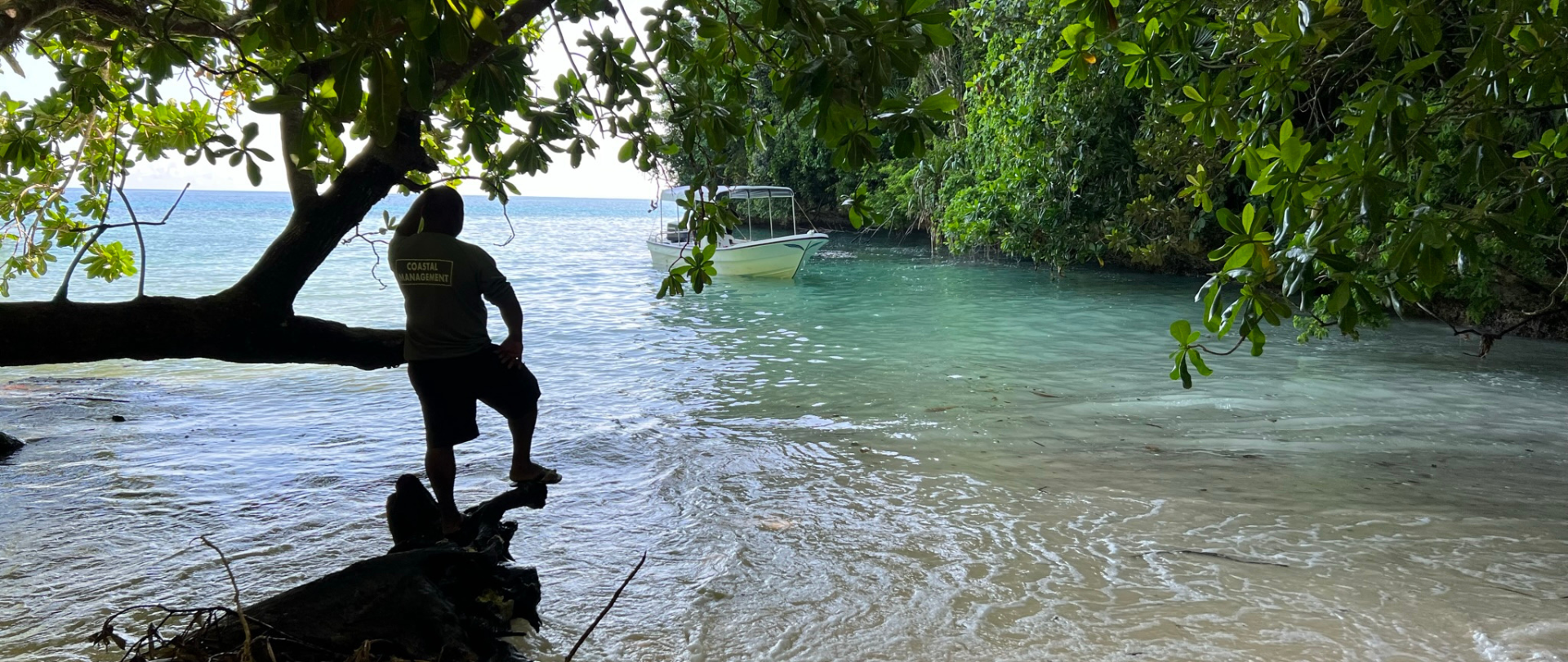
May 19, 2025
Read our position paper on The 3rd United Nations Ocean Conference (UNOC 3) to see why we're attending and what we aim to accomplish!

December 4, 2024
Ann Singeo, founder of our partner organization the Ebiil Society, shares her vision for a thriving Palau and a flourishing world of indigenous science!
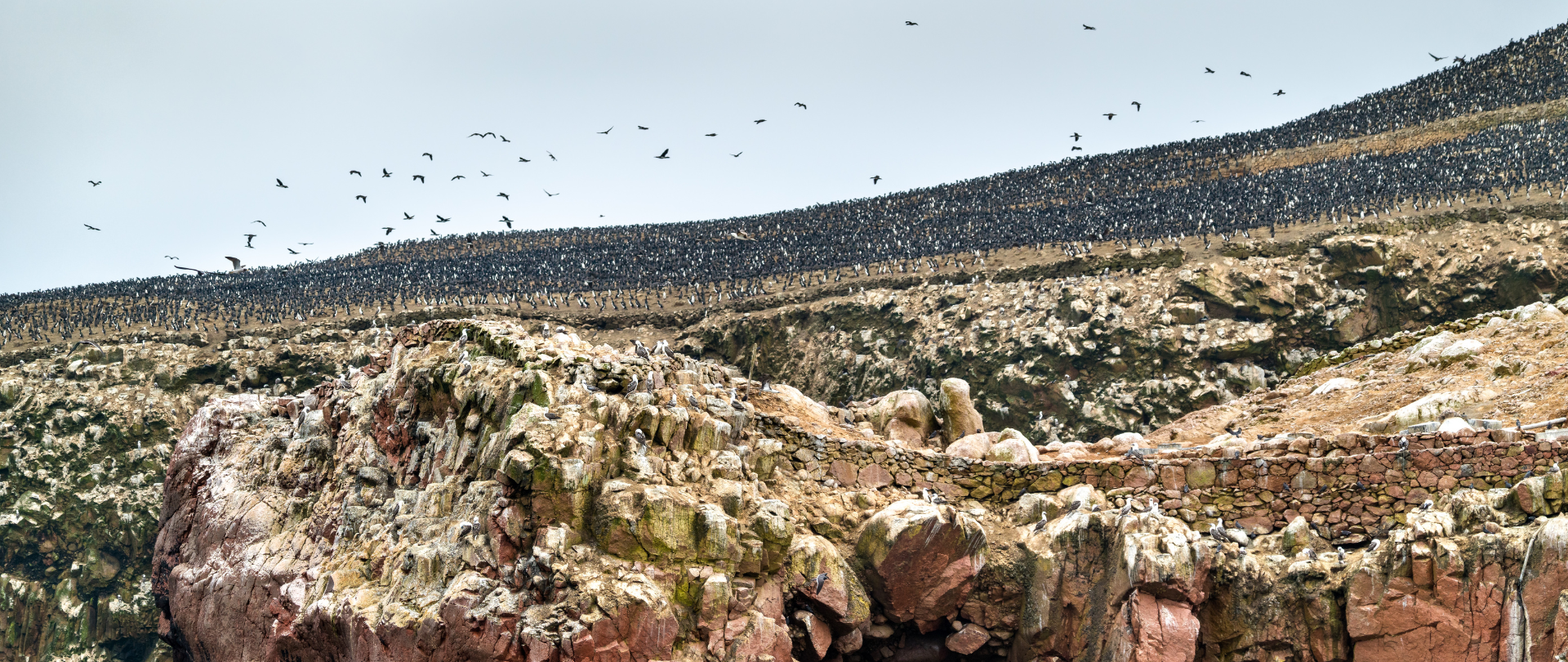
November 22, 2024
This historic agreement aims to protect the marine and coastal areas of the Southeast Pacific.
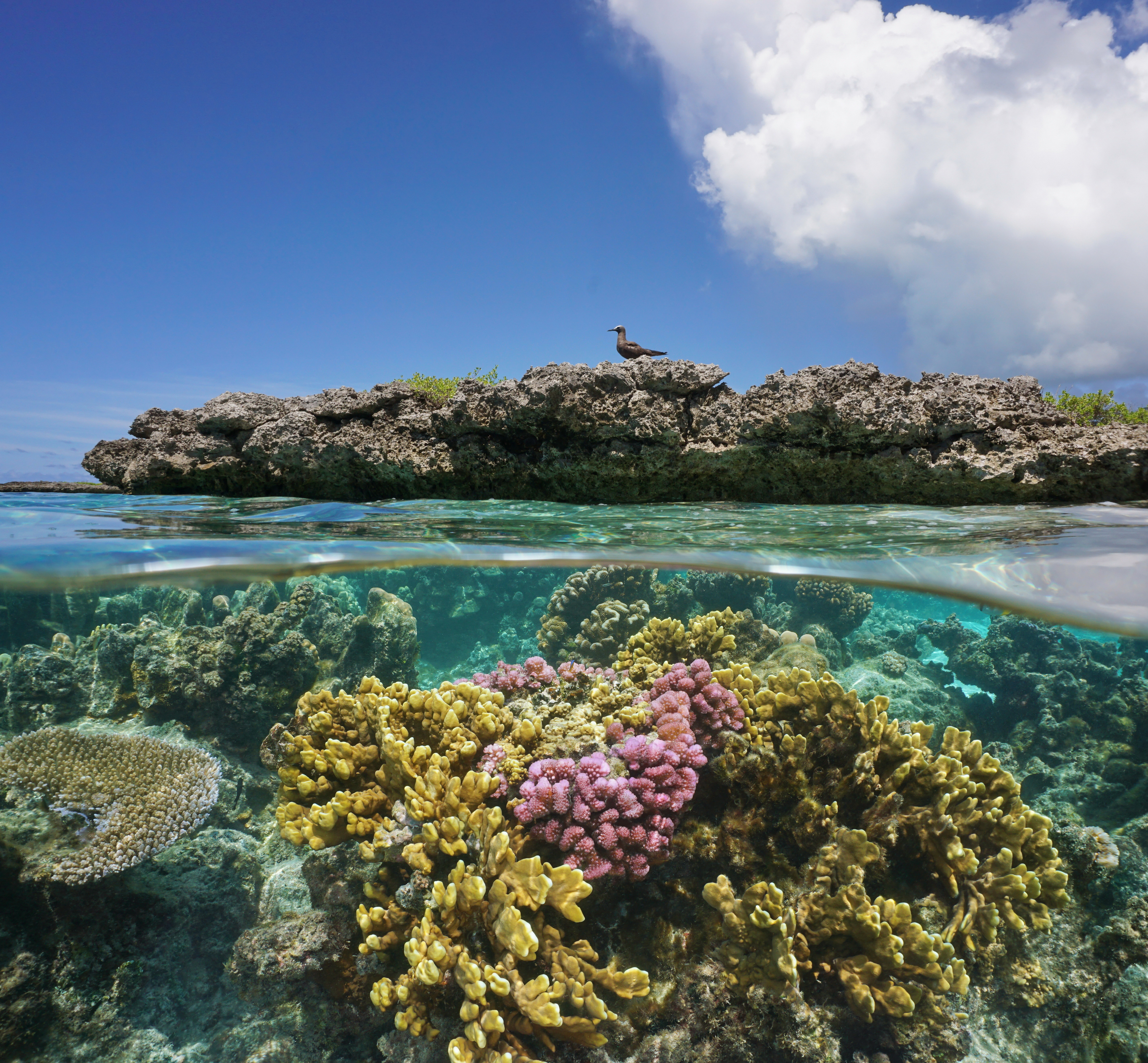
November 18, 2024
Our projects to restore key islets in Nukufetau Atoll forecast climate resilience and community benefits in Tuvalu!
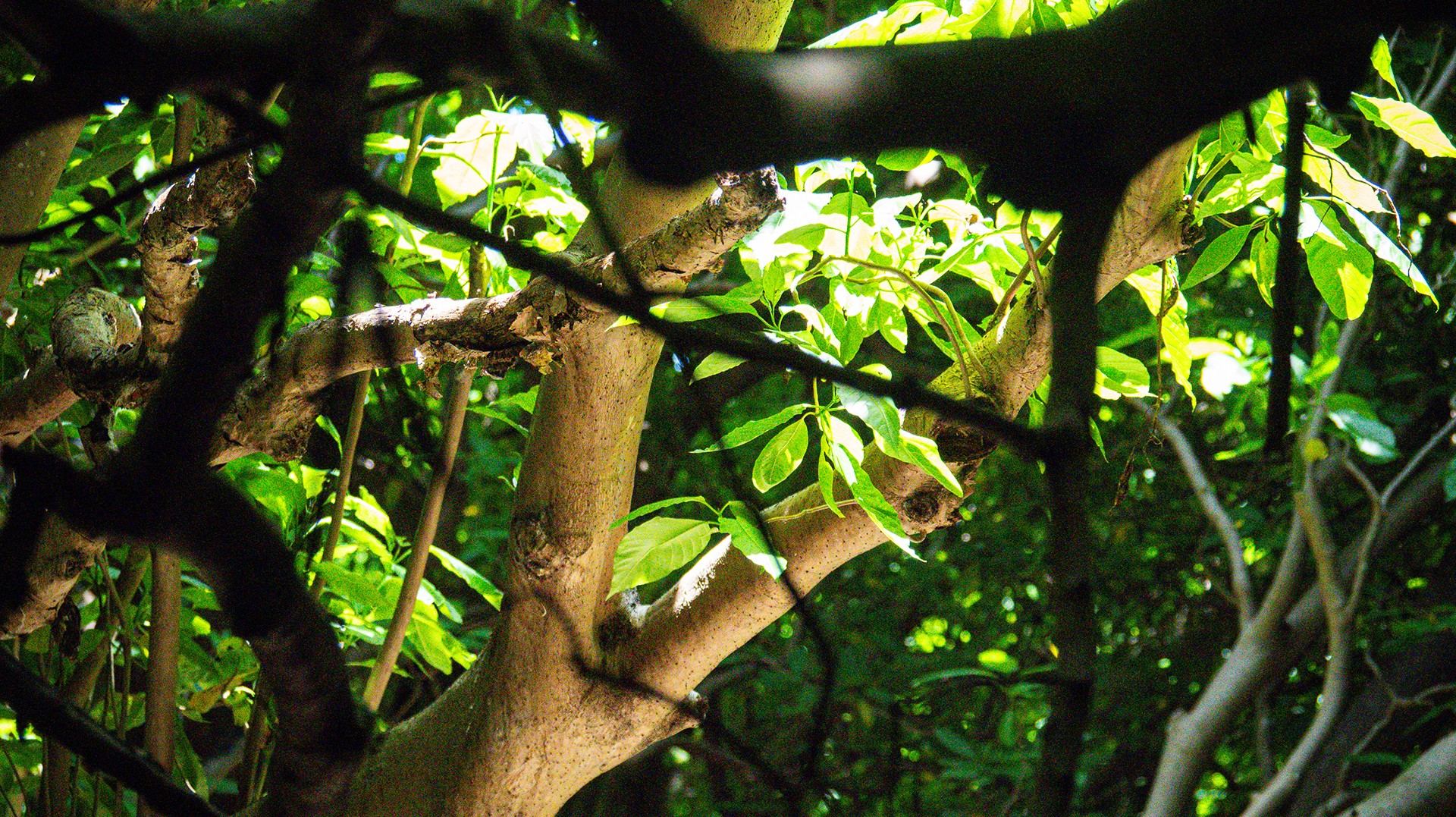
October 3, 2024
Island Conservation and partners have published a new paper quantifying ecosystem resilience on restored islands!

September 10, 2024
Climate Week NYC: what is it and why is it important? Read on to find out why Island Conservation is attending this amazing event!
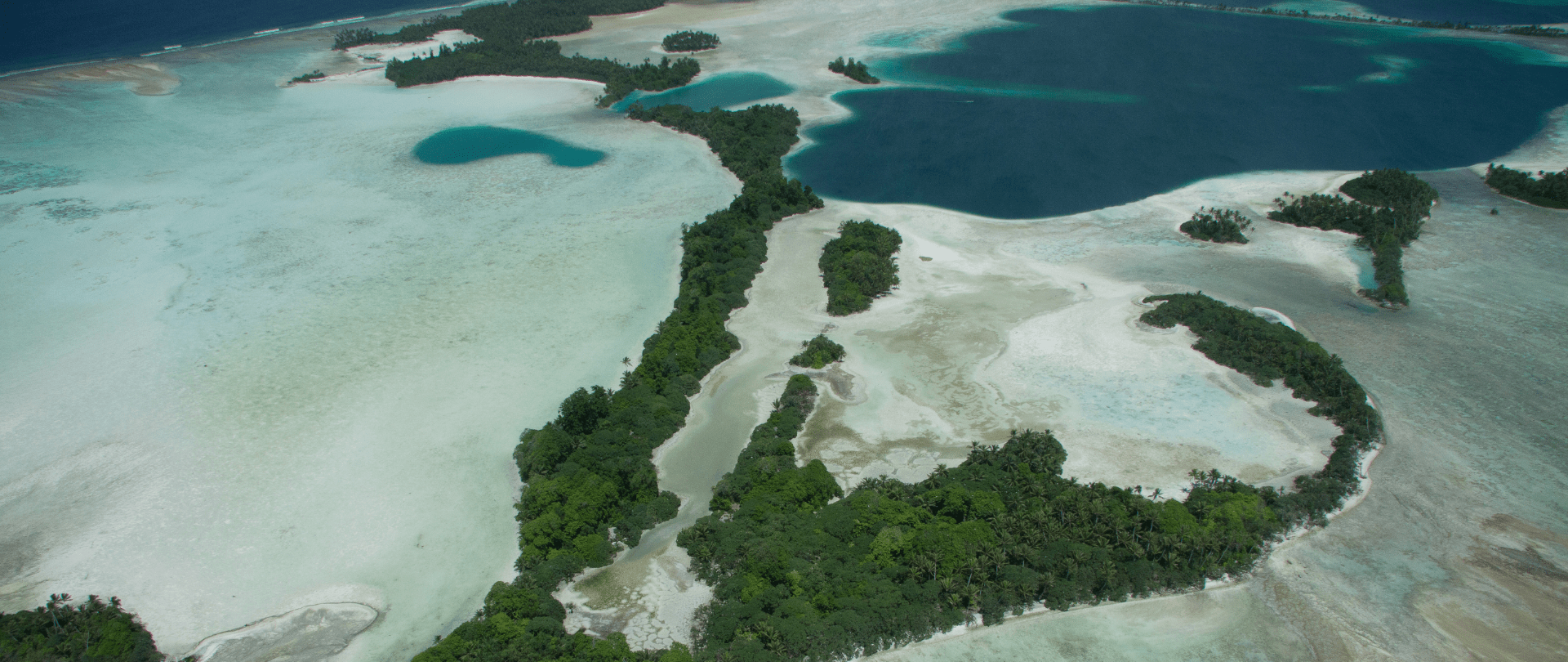
September 5, 2024
With sea levels on the rise, how are the coastlines of islands transforming? Read on to find out how dynamic islands really are!

December 14, 2023
Join us in celebrating the most amazing sights from around the world by checking out these fantastic conservation photos!
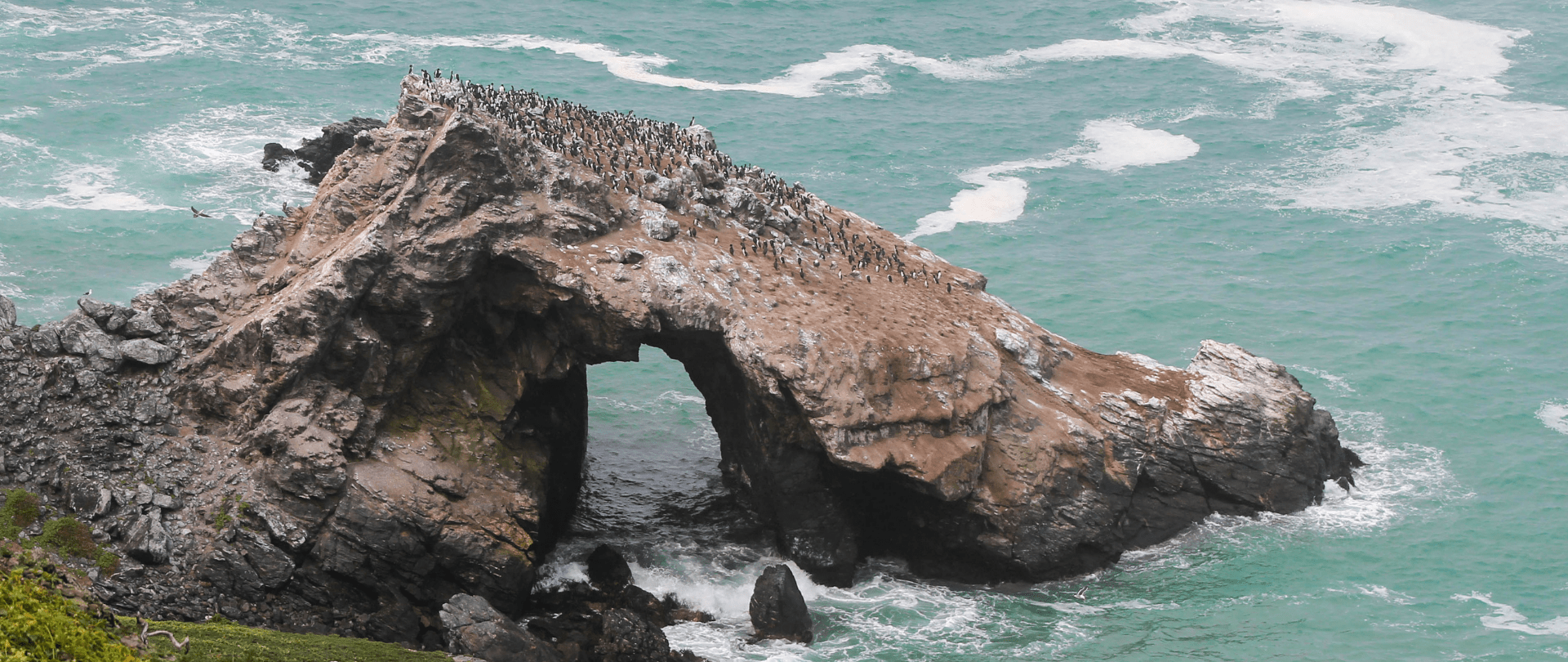
November 28, 2023
Rare will support the effort to restore island-ocean ecosystems by engaging the Coastal 500 network of local leaders in safeguarding biodiversity (Arlington, VA, USA) Today, international conservation organization Rare announced it has joined the Island-Ocean Connection Challenge (IOCC), a global effort to…